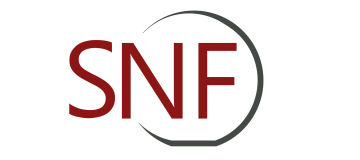Nanoscribe Photonics GT (nanoscribe)
Overview
Nanoscribe Photonics Professional GT is a versatile tool to write 3D micro and nano structures for applications in micro-fluidics, optics, bio-engineering, MEMS structures etc. Almost arbitrary complex 3D shapes (importable in STL file format) can be fabricated in the size range of a few hundred nanometers with a 2 photon polymerization or exposure process. It has both piezo and galvo scanning capabilities for ultra-precision and speed. The fabricated micro-structures in a polymeric material or photo-resist can also be used as a mold for making structures in other materials using PVD, CVD, ALD and electro-deposition for example.
Cleanliness:
Processing Technique(s)
Capabilities and Specifications
Maximum Load:
1
Lab Facility, Location, and NEMO Information
Lab Facility:
Location:
NEMO Area (ExFab by room):
NEMO ID:
nanoscribe
Training and Maintenance
Lab Facility:
Training Charges:
2.00 hours
Primary Trainer:
Primary Maintenance:
Steps to become a tool user
-
Become a member of SNF.
- Contact the primary trainer to discuss your project.
- Study the relevant operating procedures:
- Shadowing is required. Contact a qualified lab member of the tool to arrange to ‘shadow’. It would be best to find someone who has used the system often. If you don’t know of anyone, you may check reservations or SNF usage to find a qualified user. We recommend that you be with the lab member for the full time while operating the tool and ask lots of questions during the shadowing. You may have to shadow a qualified user more than one time to be comfortable with the tool. Please follow the instructions on this form: Shadowing at SNF
- Contact Primary trainer for setting up in-person training.


